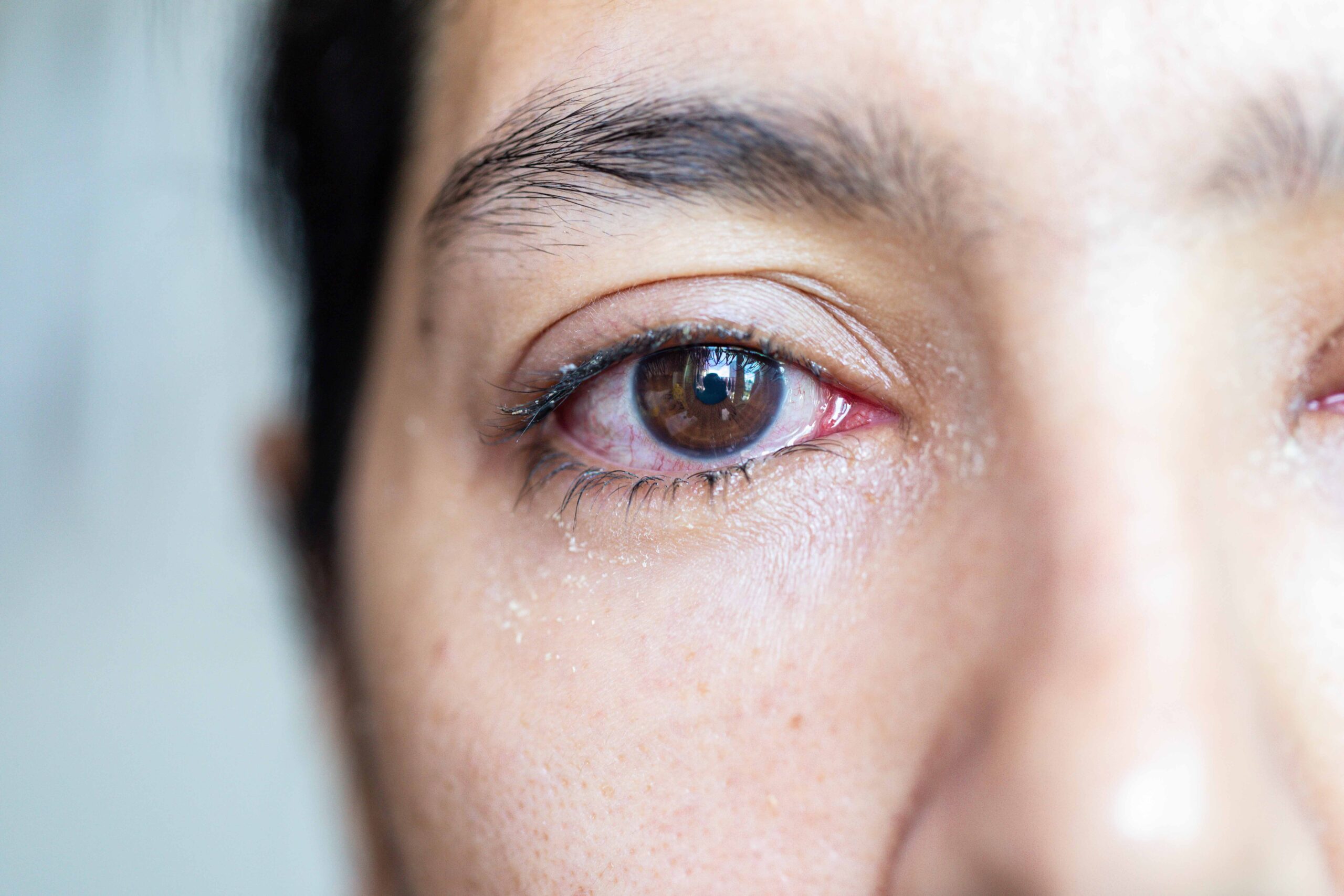
This common condition, often caused by prolonged screen use, can lead to discomfort and decreased productivity. Fortunately, it’s generally easy to manage. Ensuring adequate lighting, taking frequent screen breaks, and practicing eye exercises can help reduce symptoms. Additionally, staying hydrated and using lubricating eye drops if necessary can also provide relief. Regular eye exams are important to rule out other underlying issues and keep your eyes feeling fresh.
Vidal B. et al. Current Knowledge in Allergic Conjunctivitis. Turk. J. Ophthalmol. 2021;51:45-54.
Barabino, S., Benitez-Del-Castillo, J. M., Fuchsluger, T., Labetoulle, M., Malachkova, N., Meloni, M., Paaske Utheim, T., & Rolando, M. (2020). Dry eye disease treatment: The role of tear substitutes, their future, and an updated classification. European Review for Medical and Pharmacological Sciences, 24(16), 8642-8652.
Rouen, P. A., & White, M. L. (2018). Dry eye disease: Prevalence, assessment, and management. Home Healthcare Now, 36(2), 74-78. Wolters Kluwer Health, Inc.
Smith JA. 2007. “The Epidemiology of Dry Eye Disease: Report of the Epidemiology Subcommittee of the International Dry Eye WorkShop (2007).” The Ocular Surface 5(2). doi: 10.1016/S1542-0124(12)70082- 4.
Jones L, Downie LE, Korb D, Benitez-Del-Castillo JM, Dana R, Deng SX, Dong PN, Geerling G, Hida RY, Liu Y, Seo KY, Tauber J, Wakamatsu TH, Xu J, Wolffsohn JS, Craig JP. TFOS DEWS II Management and Therapy Report. Ocul Surf. 2017 Jul;15(3):575-628.
Bron, Anthony J., Cintia S. de Paiva, Sunil K. Chauhan, Stefano Bonini, Eric E. Gabison, Sandeep Jain, Erich Knop, Maria Markoulli, Yoko Oga- wa, Victor Perez, Yuichi Uchino, Norihiko Yokoi, Driss Zoukhri, and Da- vid A. Sullivan. 2017. “TFOS DEWS II Pathophysiology Report.” Ocular Surface 15 p.16 ;17
